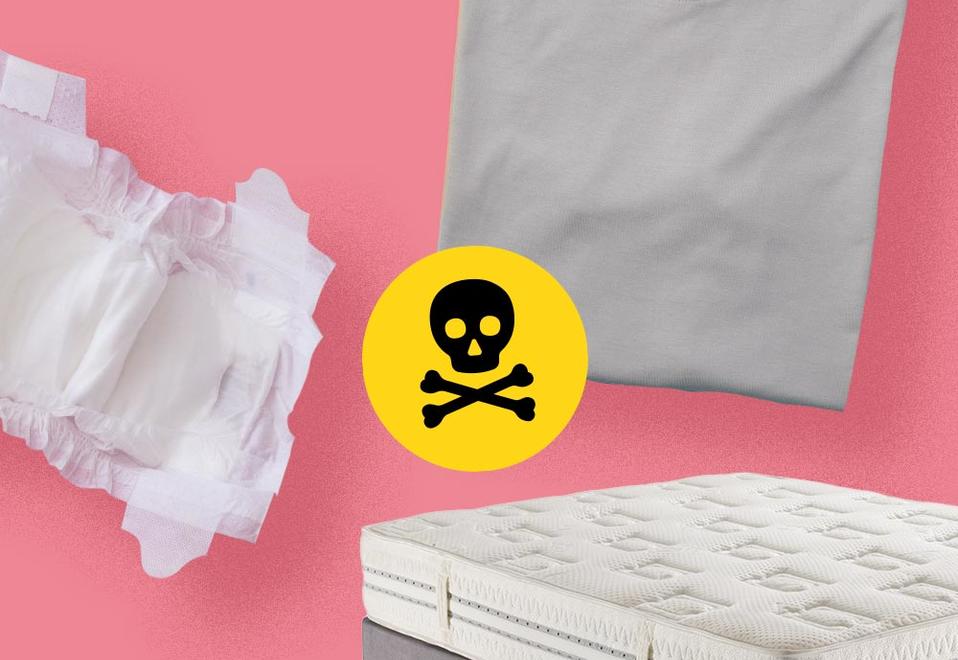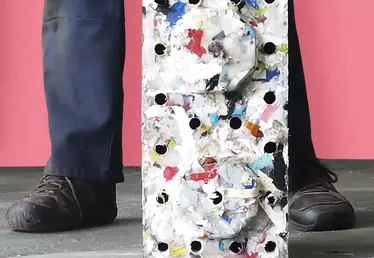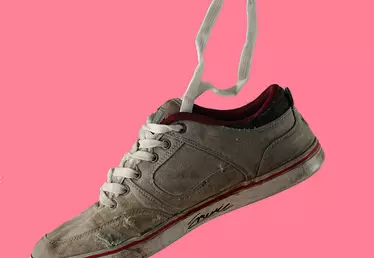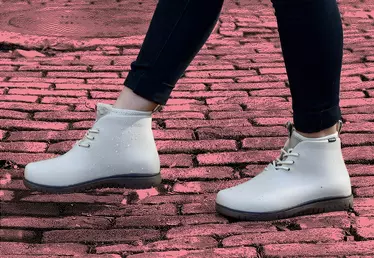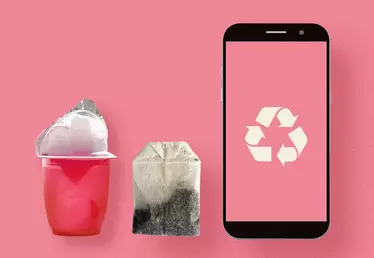
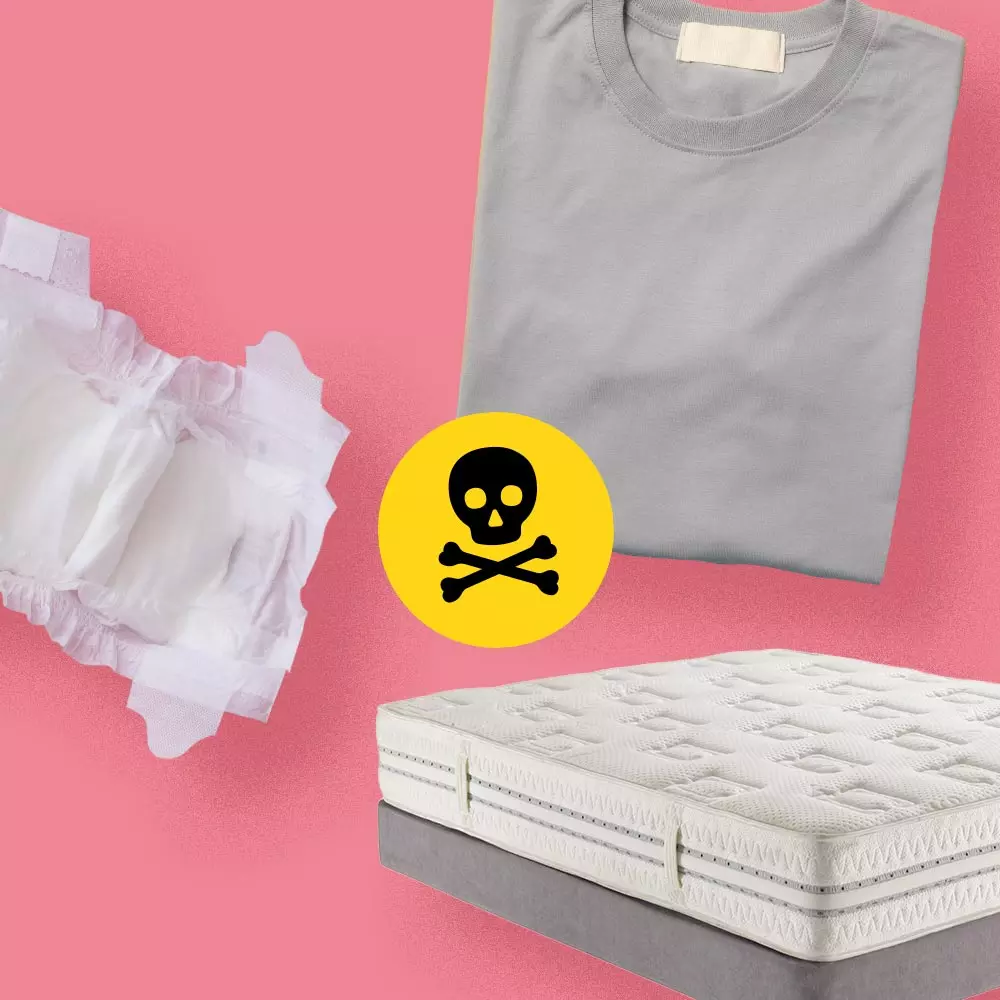
Hero banner custom title
EU to ban thousands of widespread toxic chemicals
3 min
PVC plastic, flame retardants, bisphenols... On Monday 25 April 2022, the European Commission published its Restrictions Roadmap for chemical sustainability. According to the European Environmental Bureau’s calculations, several thousand harmful substances will have been taken off the market by the year 2030.
Thousands of harmful substances found in a wide variety of products ranging from clothing to packaging, toys, nappies and cosmetics are in the process of being banned. Eurostat, the European Union’s statistics office, estimates that almost 300 million tons of chemicals are being produced every year in the EU, 74% of which are considered dangerous for people’s health or for the environment by the European Environment Agency.
Under the European Commission’s Green Deal Zero Pollution Strategy, plans are being made for the gradual ban of entire categories of chemicals. International Pollutants Elimination Network’s (IPEN) scientific advisor Sara Brosché sees this as “a very good first step towards the protection of European citizens”.
Banning certain target groups makes it hard to replace hazardous substances with other toxic compounds.
“It is not enough to ensure that consumer products contain no dangerous chemicals. Beyond this, much stricter REACH registration process controls need to be introduced. There is a shocking lack of data about the vast majority of currently registered chemicals’ long-term health or environmental effects”
Environment and health impacts
The European Union is now targeting several families of chemical substances. These include polyvinyl chlorides (PVC) - a plastic that is not easily recyclable – as well as additives such as perfluoroalkyls and polyfluoroalkyls (grouped as PFAS) or else phthalates, often used during manufacturing processes to make materials more flexible. Other notable substances include flame retardants (found in car seats, mattresses and clothing); bisphenols; and CMR (confidential morbidity report) substances classified as having carcinogenic, mutagenic or toxic effects and which can sometimes be found in children’s products.
According to Brosché,“these chemicals have a wide variety of potential impacts insofar as they can cause allergies, endocrine disruption, reproductive problems and cancer. Some impacts materialize even at very low concentrations, especially where children are being exposed”. This is a problem for humans but also for mammals, fish and birds. “On top of this, hazardous chemicals like PFAS are also very persistent since they do not decompose in the environment. Indeed, there is a direct relationship between their discharge volumes and concentration”.
Self-protection by avoiding particular products
Notwithstanding the rise of responsible consumption, it remains very difficult, if not impossible, for consumers to identify all of the chemicals found in everyday objects. Brosché suggests that exposure to dangerous substances can be prevented by avoiding single-use or unsustainable fast fashion-like products. She also advises against products containing PFAs, such as non-stick pans, water-resistant textiles or grease-resistant paper. A further recommendation is to never heat food in plastic containers because this “releases further chemicals into plastic”. Actually, the best overall idea is to have no plastic containers at all in the kitchen.
In the words of European Environmental Bureau spokesperson Tatiana Santos, the application of this measure prohibiting 5,000 to 7,000 substances constitutes the biggest ban on toxic chemicals ever seen and one that will
“impact almost all of the manufactured goods found in stores or homes today… Of course, industry will offer stiff opposition. But this new direction is wise and they really should accept it. Sustainable chemistry is the future”.






